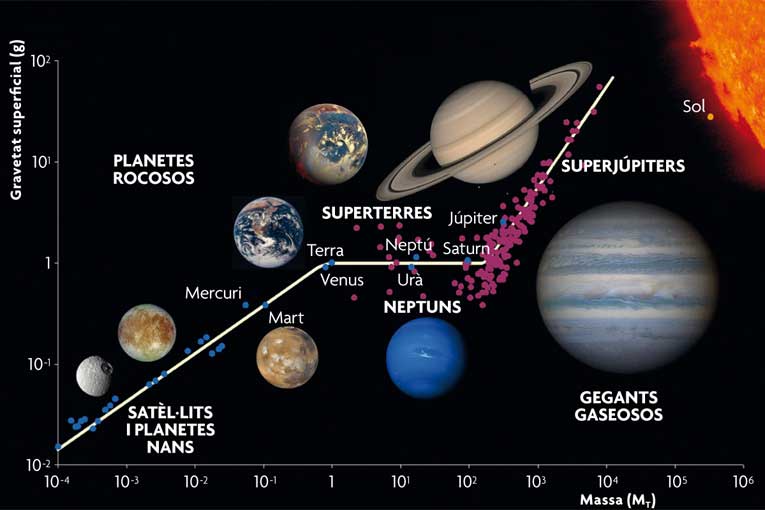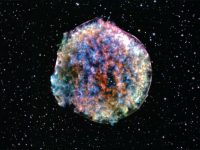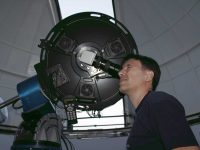
|
One of the most common scientific inaccuracies in science fiction movies with journeys to other worlds is their depiction of gravity. With very few exceptions, gravity in the other planet is almost the same as in the Earth. It matters not that the action is located on Mars (where gravity is 0.38 g,1 that is, less than half the gravity of the Earth), on the Moon (1/6 g) or in an invented world like Pandora: characters move exactly as they would on Earth. This is especially true of space operas, such as Star Trek. None of the many planets the characters visit shows a change in gravity. It is an understandable mistake. After all, they are shot on Earth and it is difficult and expensive to represent gravitational fields accurately. And maybe they are not so mistaken: Star Trek, a TV series that prefigured many technologies and scientific discoveries, may have been right about this, too, because many super-Earth exoplanets (rocky worlds of up to 10 Earth masses) have been found whose surface gravity is not so different from Earth’s. Yes, they have more mass. But they are also bigger, and gravity depends inversely of the square of the size. We can find prove of this within our own solar system: surface gravity on gas giants, understanding surface as the upmost opaque part of the cloud cover, is not too different from Earth’s. Saturn, Uranus and Neptune, with 95, 14 and 17 earth masses respectively, present, however, very similar surface gravities: 1.06 g, 0.9 g and 1.14 g. And the gravity of the giant Jupiter, 317 more massive than Earth, is only 2.5 g. In the picture that accompanies this article, we can see, in blue, the surface gravity of planets, moons and dwarf planets of the solar system and, in violet, the gravity of exoplanets whose surface gravity has been measured. It is not a coincidence that the last ones are more massive, they are the easiest ones to find orbiting other stars. In small rocky worlds, surface gravity increases with the square root of the mass, the Earth being the greatest example of this tendency. It is, by the way, the densest world in the solar system and the largest of the rocky planets. In the area of the great gas giants, gravity increases linearly with mass, that is to say, although they are more massive, their size barely increases. That is the reason why stars such as the Sun do not follow this law: when nuclear reactions are generated, internal thermal pressure inflates the newborn star, making it much bigger and decreasing its surface gravity. But the middle point is no man’s land, the confusing border between rocky «super-Earths» and gas «Neptunes» (gas worlds with masses similar to Uranus’s and Neptune’s). A wide range, between one and a hundred Earth masses, where, however, surface gravities are very similar to ours. This is bad news for Superman: Krypton, a rocky world inhabited by humanoids orbiting the red star Rao, with an enormous gravity of around 30 g (source of the powers of the man of steel), does not exist. There are no rocky worlds with such high gravity. We can only find those figures in gas super-Jupiters. Yet it is good news for future interstellar colonists: our gravity is much more common than we thought. Our descendants, like the crew of the USS Enterprise, will find walking on Kepler-20c quite comfortable. 1. 1 g (Earth’s gravity) = 9.81 m/s2. (Go back)
|
«Our gravity is much more common than we thought. Our descendants, like the crew of the USS Enterprise, will find walking on Kepler-20c quite comfortable» | |




